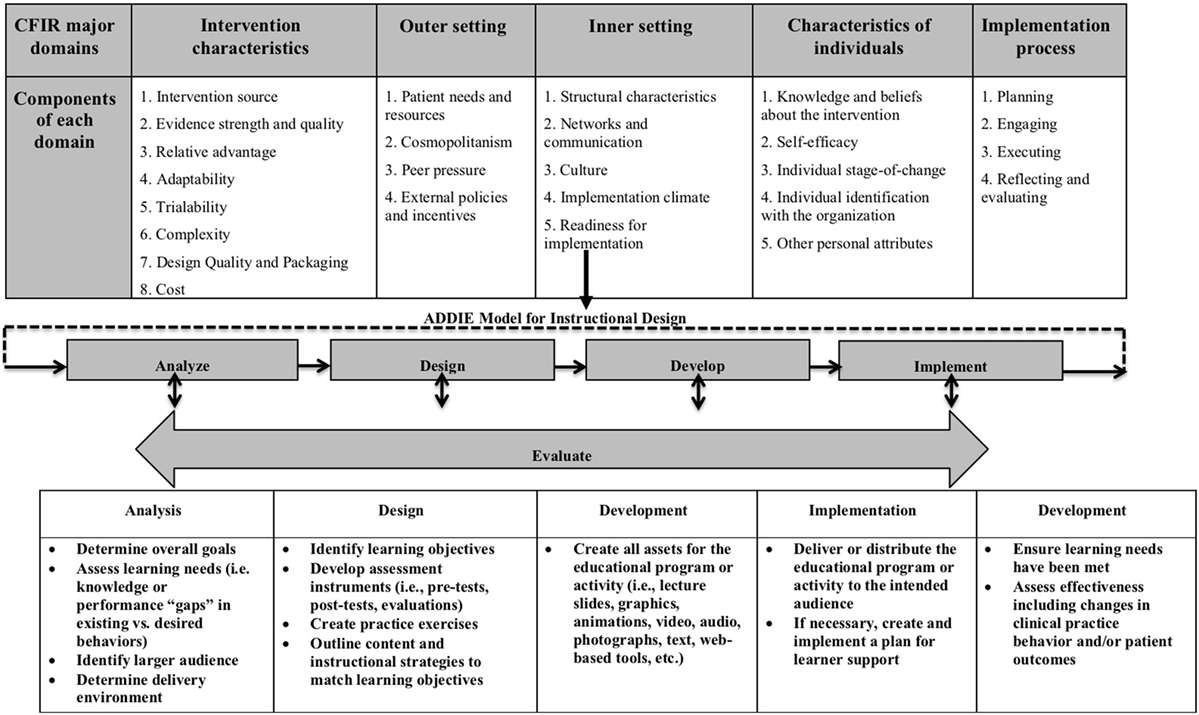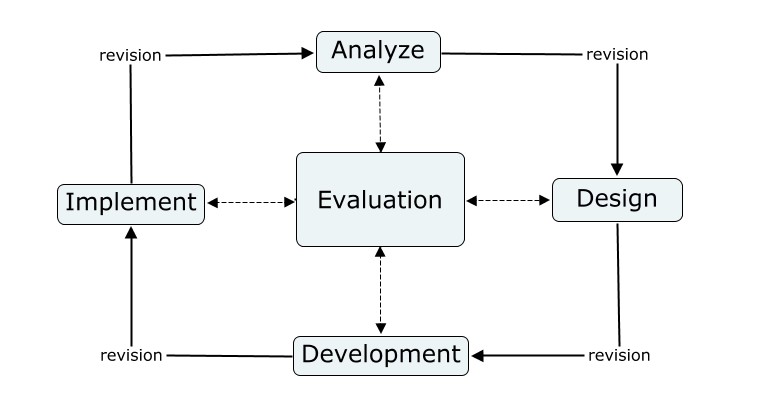Table Of Content

The post ADDIE instructional design model for effective eLearning appeared first on Learning Everest. In the Development phase, the instructional designer creates the instructional materials. This can include writing the text, creating graphics or videos, and developing interactive media, such as video games.
Gaps in the ADDIE Instructional Design Model
Patience and care are essential, as you’ll want to be confident in all aspects of your lesson/training before moving on to implementation. One thing to keep in mind, if you gather all your assets up front, the development portion of creating your course will go more quickly. Most current ISD models are variations of the ADDIE process.[2] Other models include the Dick and Carey and Kemp ISD models.
Learning Experience Design
There are many ways to figure out Storyline, but the Storyline Project Lab fast-tracks learning so you can upskill quickly and thoroughly. The types of questions you should answer at this stage are detailed below. You don’t want to build an entire course, upload it to an LMS, and send it out to thousands of employees if one of the slides won’t let users move forward. Note that while storyboarding can be helpful, many projects don’t allow sufficient time for such detail. Learn the most in-demand business, tech and creative skills from industry experts.
Develop
This fully online program is for anyone developing and/or teaching an online course.ADDIE Instructional Design Certificate Program (Fully Online). This fully online program is designed for individuals interested in learning more about the ADDIE model.Instructional Design Models Certificate (Fully Online). You will explore traditional instructional design models and the progression of the learning design approach to creating online learning experiences. An instructional designer follows the five-step ADDIE process to create a training program, eLearning course, or learning materials. Then moves through to designing, developing, implementing, and evaluating the learning program. The ADDIE (Analyze, Design, Develop, Implement, and Evaluate) model, a framework for creating effective learning programs, has been a staple of instructional design for nearly five decades.
ADDIE model
The five phases of the ADDIE model are designed to help guide you (and your team) through the course design process. Essentially, it’s a roadmap for building training that ensures learners meet specific objectives. New designers have a tendency to want to jump directly into development (I totally get it; that’s the fun part!), but it’s important to understand the bigger picture before making that leap. The design phase deals with all the items needed to get approval from a client so you can then move towards creating course material.
The effectiveness of a virtual reality teaching module on advance care planning and advance decision for medical ... - BMC Medical Education
The effectiveness of a virtual reality teaching module on advance care planning and advance decision for medical ....
Posted: Mon, 05 Feb 2024 08:00:00 GMT [source]

Be aware – this phase is often time-intensive and requires attention to detail. Every project starts with the analysis of various aspects of the project and business needs. The common analyses carried out at this phase include audience analysis, task analysis, training need analysis, gap analysis, deployment analysis, and so on. Once you’ve settled on the design, consult with the stakeholders for feedback. When you’ve incorporated the feedback and received a final sign-off from the stakeholders, you’ll move on to develop your instructional design.
Accomplish your course creation and student success goals faster with Thinkific.
The ADDIE model suggests building a storyboard, or blueprint, of our entire eLearning course. Storyboards are meant to help the designer and stakeholders visualize big ideas. This phase shows how successful the module has been in attaining its learning and business goals.
The facilitators’ training should cover the course curriculum, learning outcomes, method of delivery, and testing procedures. Preparation of the learners include training them on new tools (software or hardware), student registration. While the original concept of ADDIE can be considered limited, it is still a very useful process for developing effective training and education courses.
"Keep on Learning About Your Learners" - ATD
"Keep on Learning About Your Learners".
Posted: Wed, 04 Mar 2020 08:00:00 GMT [source]
With an instructional design model, employees can better understand why there is a training need and breaks down the process of designing training material into steps. Choosing the right instructional design model for your project depends on several factors, including the learning objectives, the target audience, and the delivery method. While you don’t necessarily need a certificate to become an instructional designer, these certificate programs are ideal for those who want to pursue one.
The absence of a structured model in instructional design can lead to a messy process and, ultimately, disappointing learning experiences that do not match your client’s expectations. Rapid instructional design is a more agile approach to instructional design. It’s based on rapid development techniques, which originate from software development, and are applied to instructional design.
Certificate programs often include a specific number of credit hours (3-5 classes) and can take one to two semesters to complete. As noted, this model is less ”Agile” and “Digital” than current fashion would like. This can be overcome by creating a minimum viable learning product, rolling it out as a prototype and iterating and developing from there. Sometimes just getting the basics right is the most important thing you can do when developing a learning program. Assuming you’ve done all of these steps, then you’re nearly ready to launch. The ADDIE model was developed way back in the 1970s by the Center for Educational Technology at Florida State University.
In this course, students use all functions and features while creating eight real-world projects for their portfolios. In three hours of study over a course of eight weeks, you’ll be able to achieve this professional certificate. Students learn how to design, build and implement eLearning while practicing core design principles and working with subject matter experts.
The primary objectives of the evaluation step are to determine if the initial goals set way back in step 1 were met and what could be improved. Good project managers can adapt on the go to ensure they deliver the best possible product to the course participants. This could mean tweaking content for a change in audience persona or the minutiae of having everything ready to go on the day. With the design program outline for guidance, you need to create all the required assets. This could be presentations, videos, graphics, instruction manuals, assessments, or anything else you’ll need. While the previous two steps involve examination, planning, and generating ideas, development is when these ideas are first put into action.


No comments:
Post a Comment